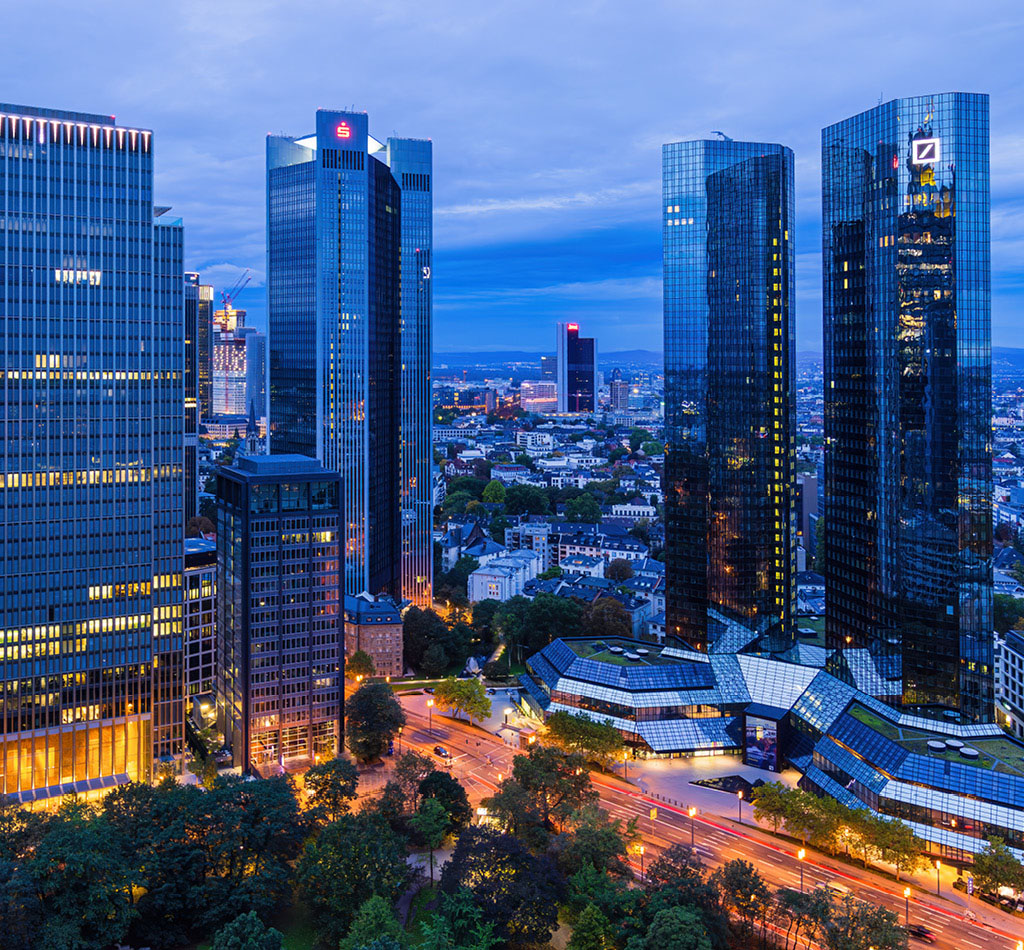Commentary
LatAm economic pulse
October 17, 2023

Last week, our Emerging Markets (EM) team attended a fruitful Latin American (LatAm) conference in New York, hosted by BTG Pactual, the region’s leading investment bank. The event showcased a variety of promising investment ideas and featured rich discussions and robust participation. Hundreds of investors from around the world convened to meet with the c-suite executives and founders of about 200 companies, mainly from Mexico and Brazil.
Keynote speaker Stephen Schwarzman of Blackstone shared his view on the global geopolitical landscape and the current state of the US economy. He underscored the importance of constantly reinventing business models and taking risks in pioneering new products and services as a foundation for business durability.
Throughout the three-day conference, we conducted insightful meetings with 22 companies operating in the consumer, industrial, healthcare, financial, technology, energy, materials and real estate sectors providing a wide view of the LatAm economic landscape. In most of the conversations, we sensed cautious optimism, mainly driven by monetary easing and nearshoring trends. While most developed countries are grappling with inflation, many LatAm nations are in a disinflationary environment. Central banks in Chile, Brazil and Peru have already started cutting rates, with Colombia and Mexico expected to follow suit this year.
Nearshoring is a topic we’ve explored in previous writings, and it was a dominant theme among Mexican companies at the conference. Many see nearshoring-driven demand as structural and sustainable, providing ample growth opportunities across multiple sectors as global supply chains move to Mexico.
However, challenges do exist, such as infrastructural inadequacies, both industrial and residential (e.g., power and water availability, housing supply for labour), erratic political and regulatory climates, bureaucratic complexities and looming uncertainties around the upcoming elections in Mexico and the US. A possible spillover effect of “higher for longer rates” in the US also looms as a source of concern, potentially putting pressure on LatAm currencies amid the decoupling of monetary policies and eventual slowdown of the easing cycle in the region. Another area of concern is the ongoing tax reform in Brazil, well-known for its highly complicated tax system requiring nothing less than a PhD in law to properly understand all of its intricacies.
As for the top picks, we identified several promising opportunities that you might read about in our future commentaries, including:
- Brazil’s largest operator of private oncology clinics and hospitals. The company leverages its strong brand and reputation, running a proven and scalable business model in a massive and dynamically growing market.
- A fast-growing Brazilian athleisure brand enjoying strong brand awareness, a nimble operating model with great economics and ample white space for expansion.
- The leading B2B online solutions provider to micro and small businesses, with a promising new product pipeline, well positioned for the digital transformation in Brazil with still low ecommerce penetration.
We also met with some of our LatAm holdings at the conference, including Odontoprev (ODPV3 BZ), which we initiated after our meeting with its management team at last year’s conference. Founded in 1987 by a group of dentists, Odontoprev is Brazil’s largest dental benefits provider, with over 8.4 million members and a cross-country network of 26,000 dentists. The company offers customized products to corporate customers and off-the-shelf products to SMEs and individuals, while leveraging its exclusive distribution network in a partnership with strategic shareholder, Bradesco. Its industry focus, well-established footprint, brand portfolio and proprietary dental tech infrastructure make it a standout among its peers. The company is run by a strong management team with a sound track record and rich industry expertise. Odontoprev has an asset-light business model and a low capex requirement with negative working capital generating high cashflow, resulting in a strong balance sheet in a net cash position. The company is a proven compounder with a 16% and 22% compound annual growth rate of revenue and net income, respectively, since its IPO in 2006.
The dynamics of EM, particularly in LatAm, are as layered as they are compelling. The investment choices we make today, be they cautious or bold, will have lasting implications.







